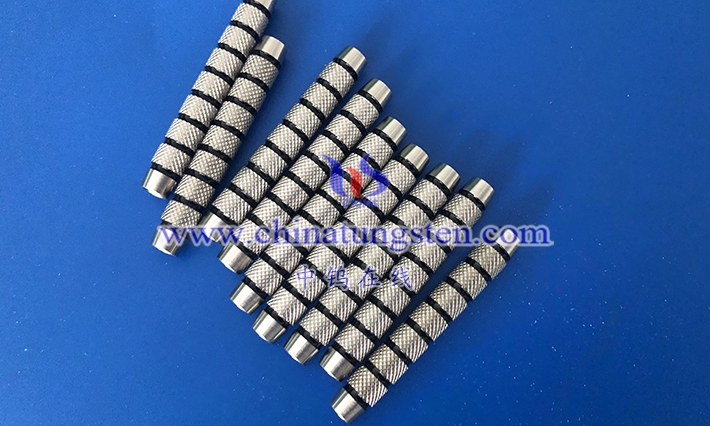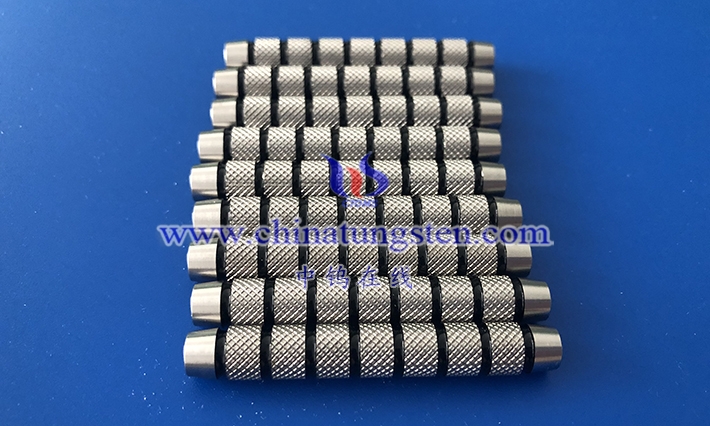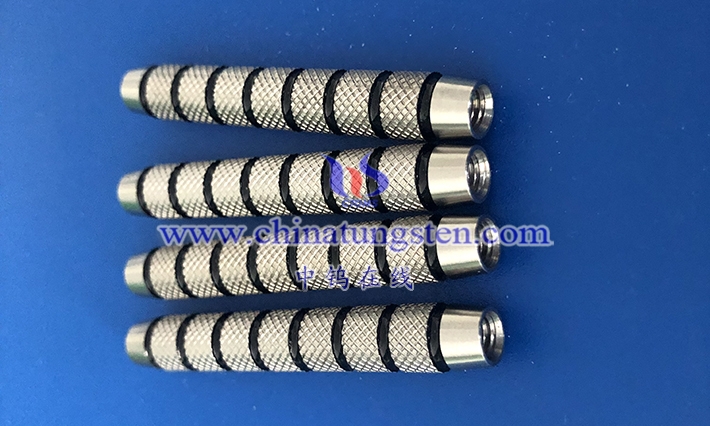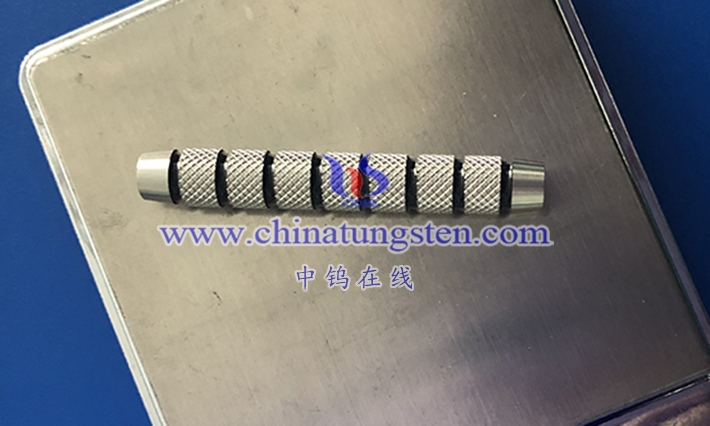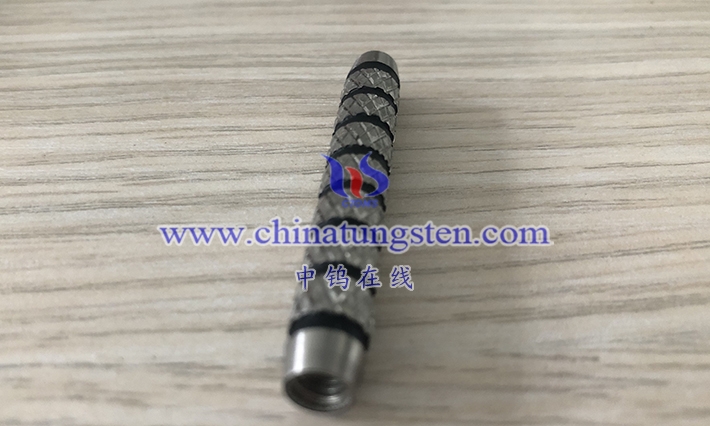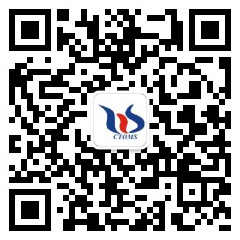Testing the radiation shielding effectiveness of tungsten alloy components typically requires specialized radiation measurement methods and standard tests to evaluate their performance. Here are some common methods and steps used to assess the radiation shielding effectiveness of tungsten alloy:
- Radiation Attenuation Testing
Radiation attenuation testing is one of the most commonly used methods to assess shielding performance by measuring the change in radiation intensity before and after passing through the tungsten alloy shielding.
- Steps:
- Place a radiation detector (such as a dosimeter or sensor) in front of the radiation source to measure the initial radiation intensity.
- Position the tungsten alloy shielding between the radiation source and the detector to ensure full coverage of the radiation source.
- Place another detector behind the shielding to measure the intensity of radiation that passes through.
- Compare the radiation intensity before and after shielding to calculate the attenuation ratio and radiation reduction (usually expressed as a percentage).
- Attenuation Formula:
I=I0×e−μxI = I_0 \times e^{-\mu x}I=I0×e−μx
Where:
-
- III is the radiation intensity after passing through the shielding,
- I0I_0I0 is the radiation intensity before shielding,
- μ\muμ is the attenuation coefficient, dependent on the material and radiation type,
- xxx is the thickness of the tungsten alloy shielding.
- Standard Requirements:
Based on the radiation type and safety standards, the typical required attenuation is in the range of 10−310^{-3}10−3 to 10−610^{-6}10−6 to ensure effective protection.
- Using Different Types of Radiation Detectors
Different types of radiation (such as X-rays, gamma rays, etc.) have different penetration abilities and characteristics, so appropriate detectors must be used to test shielding effectiveness.
- Common Detectors:
- Scintillation Detectors: Suitable for measuring X-rays and gamma rays.
- Semiconductor Detectors: Such as silicon detectors, used for precise measurement of low-energy radiation.
- Gas Detectors: Such as nitrogen gas detectors, used for measuring gamma rays and other types of radiation.
- Monte Carlo Simulations
The Monte Carlo method is a commonly used numerical method for calculating radiation transport and attenuation by simulating the paths of radiation through various materials to predict shielding effectiveness.
- Method:
A computer model is established by inputting material properties (such as tungsten alloy’s density, thickness, etc.), along with the type and intensity of the radiation source. The simulation models how radiation propagates through the shielding. - Advantages:
This method helps predict the performance of tungsten alloy shielding under different conditions, especially when physical testing is not feasible, offering theoretical evaluations of shielding effectiveness.
- Effectiveness Verification in Actual Use
In real-world medical equipment, such as X-ray machines or CT scanners, the radiation shielding effectiveness of tungsten alloy components can be validated through dose monitoring.
- Dose Measurement:
Place a dosimeter (such as a thermoluminescent dosimeter or TLD) near the shielding components to measure the radiation dose received during normal operation. This helps assess the actual shielding performance under the equipment’s operating conditions. - Comparison to Standards:
The measurement results are compared with international or national radiation safety standards to ensure compliance with protection requirements.
- Radiation Leakage Check
In medical equipment, particularly X-ray and CT machines, radiation leakage may occur. Checking whether the tungsten alloy shielding effectively prevents radiation leakage is another way to evaluate its effectiveness.
- Leakage Detection:
Measure the radiation intensity outside the equipment to ensure leakage remains within the safe range. These measurements help assess the shielding’s ability to contain radiation. - Leakage Limit:
According to safety standards, leakage radiation should be below 0.1 mSv/h and within the prescribed safety range.
- Temperature and Environmental Impact Testing
The shielding performance of tungsten alloy may be affected by temperature and environmental conditions. Environmental impact tests help evaluate the stability of the shielding under varying temperature, humidity, and other conditions.
- High-Temperature Testing:
While tungsten alloy has good high-temperature resistance, extreme temperatures may affect its microstructure, potentially altering shielding effectiveness. Testing the shielding at various temperatures can verify long-term stability. - Environmental Simulation:
Simulate environmental conditions that the equipment will operate in to check if shielding effectiveness degrades over time or with changes in the environment.
- Comparison with Standards and Regulations
Finally, the radiation shielding effectiveness of tungsten alloy components should be compared with international and regional radiation protection standards. Common standards include:
- International Commission on Radiological Protection (ICRP) Recommendations
- National Council on Radiation Protection and Measurements (NCRP) Guidelines
- FDA Radiation Safety Requirements for Medical Devices
According to these standards, the shielding effectiveness of tungsten alloy components must meet specified thresholds to ensure safe operation.
Conclusion
Testing the radiation shielding effectiveness of tungsten alloy components involves multiple methods, including radiation attenuation testing, using appropriate detectors, computer simulations, effectiveness verification in actual use, leakage checks, and environmental impact tests. These methods ensure that the shielding performs effectively under various conditions and complies with safety standards, maintaining stable and efficient performance in real-world applications.
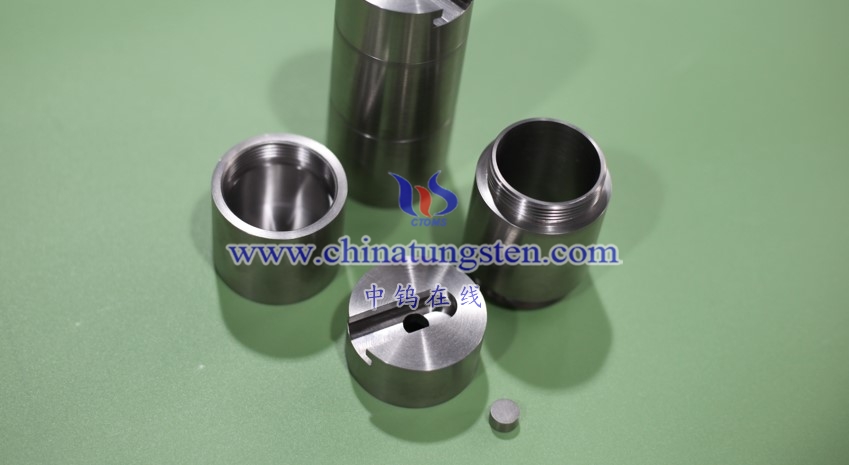
Customized R&D and Production of Tungsten, Molybdenum Products
Chinatungsten Online and CTIA GROUP LTD have been working in the tungsten industry for nearly 30 years, specializing in flexible customization of tungsten and molybdenum products worldwide, which are tungsten and molybdenum design, R&D, production, and overall solution integrators with high visibility and credibility worldwide.
Chinatungsten Online and CTIA GROUP LTD provide products mainly including: tungsten oxide products, such as tungstates such as APT/WO3; tungsten powder and tungsten carbide powder; tungsten metal products such as tungsten wire, tungsten ball, tungsten bar, tungsten electrode, etc.; high-density alloy products, such as dart rods, fishing sinkers, automotive tungsten crankshaft counterweights, mobile phones, clocks and watches, tungsten alloy shielding materials for radioactive medical equipment, etc.; tungsten silver and tungsten copper products for electronic appliances. Cemented carbide products include cutting tools such as cutting, grinding, milling, drilling, planing, wear-resistant parts, nozzles, spheres, anti-skid spikes, molds, structural parts, seals, bearings, high-pressure and high-temperature resistant cavities, top hammers, and other standard and customized high-hardness, high-strength, strong acid and alkali resistant high-performance products. Molybdenum products include molybdenum oxide, molybdenum powder, molybdenum and alloy sintering materials, molybdenum crucibles, molybdenum boats, TZM, TZC, molybdenum wires, molybdenum heating belts, molybdenum spouts, molybdenum copper, molybdenum tungsten alloys, molybdenum sputtering targets, sapphire single crystal furnace components, etc.
For more information about tungsten alloy products, please visit the website: http://www.tungsten-alloy.com/
If you are interested in related products, please contact us:
Email: sales@chinatungsten.com|
Tel: +86 592 5129696 / 86 592 5129595
